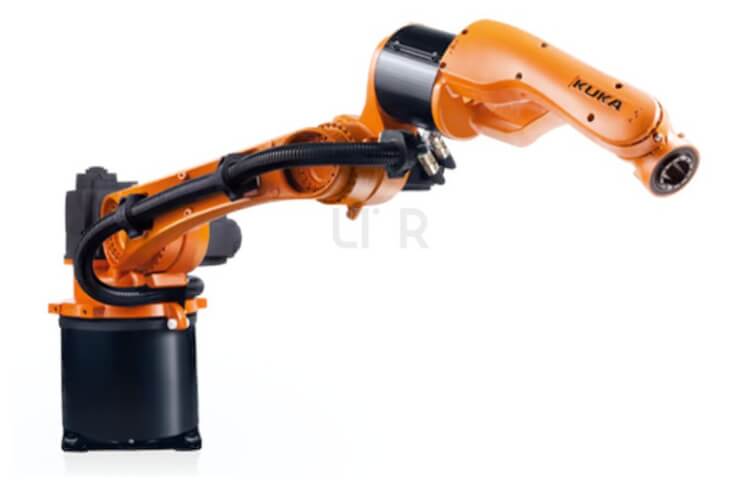Industrial robots help automate production. Their integration increases efficiency and productivity, the accuracy of operations, and ensures the safety of employees' working conditions.
The first robots were introduced to enterprises in the 1960s. Since then, thanks to the development of electronics and digital technologies, robotics has changed. A wide variety of automatic devices are available.
The classifications depend on the criteria. According to the control method, robots in industry are divided into:
-
software programs that work according to a specific algorithm;
-
adaptive, corrective actions according to the signals received from sensors;
-
intelligent, applying machine vision, AI elements and other technologies.
Recommended:
According to the purpose, they are divided into:
-
universal ones that can be reconfigured to perform various functions.;
-
specialized, designed for specific purposes: welding operations, cutting, etc.
Depending on the design and method of interaction with humans, the main types of industrial robots can be distinguished: manipulators, cobots, autonomous systems (for example, robotic complexes).
Manipulators
Manipulators are the most common type. They work automatically. An operator is required to turn on, control (program selection), and monitor.
Designed for automation of enterprise systems. Perform repetitive tasks, such as welding parts. They can be mobile or static. They also differ in the degree of freedom of movement.
By design, the manipulators are divided into:
-
Cartesian or Cartesian. They have three linear axes of motion in a rectangular coordinate system. Their design resembles an overhead crane. They are used for moving materials, loading and unloading, and palletizing. Some models have a load capacity of over 500 kg.
-
SCARA (Selective Compliance Articulated Robot Arm) is characterized by high accuracy and speed of movement in the horizontal plane. They are compact. They are usually used in high-speed assembly production lines.
-
Hinged or articulated. In appearance and design, they resemble a hand. They have several sequentially connected links, where all joints are rotating. Designed for complex actions in different planes, such as capturing and moving small parts.
-
Delta robots ("spiders"). They consist of three levers attached to the base.





